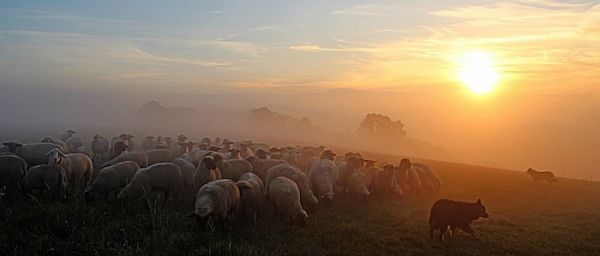|
Cattle in a Protected Zone and/or Beef Only, are eligible to claim a J-BAS score of 7 until the 30th June 2017.
From November 2016, Cattle MAP herds have transitioned to a J-BAS score of 8, the highest assurance level, until 30th June 2017. Any MAP herds wanting to continue with the higher assurance score should resume any testing that may be required. The transitional arrangements expire on the 30th June 2017.
From the 1st July 2017, to retain scores of 7 or 8 those transitional herds must have in place a property biosecurity plan which:
• Addresses the elements of the JD checklist and
• Is endorsed by a veterinary advisor.
For ongoing retention of J-BAS score 7, the herd must undergo triennial Check testing (50 animals) with negative results. The first round of testing must be completed prior to 30th June 2018.
From 1st July 2017, herds that don’t have a vet-endorsed property bio-security plan in place can no longer claim J-BAS 7 and will lapse to J-BAS score of:
• 6, if they have a biosecurity plan that addresses JD risks but is not vet-endorsed, or
• 0, if they don’t have any biosecurity plan in place that addresses JD risks.
A herd which lapses from the transitional J-BAS 7 because they’ve failed to implement a vet-endorsed biosecurity plan can recover their score before 30th June 2018 by:
• Putting in place a vet-endorsed biosecurity plan, and
• Undertaking a Check Test (50 animals) with negative results.
Therefore, herds which want to retain J-BAS 7 should:
• Prior to 30th June 2017, put into place a vet-endorsed biosecurity plan, and
• Prior to 30th June 2018, undertake a Check test.
A great webinar on the topic can be watched here.
|
